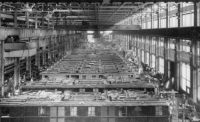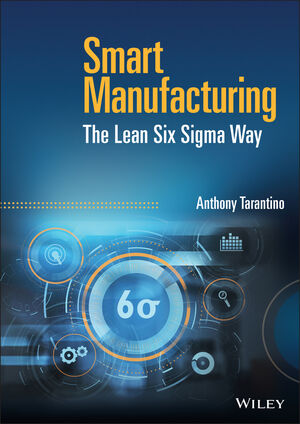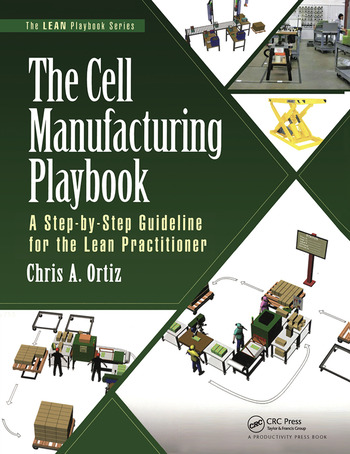
If our elected leaders need evidence of the importance of manufacturing to our economy, they need look no further than the Assembly Top 50. Based on our exclusive financial analysis of the world’s biggest manufacturers, it’s obvious they played a key role in leading the United States out of recession.
In 2009, the financial picture was dismal. All totaled, the Top 50 tallied 12 percent less revenue in 2009 than they did in 2008. Three-quarters of the 150 manufacturers we look at in our analysis reported lower revenues in 2009 than they did in 2008, and one-third ended the year with a net loss.
In 2010, the numbers could not be more different. All totaled, the Top 50 rang up $2.67 trillion in sales last year, a 13 percent increase over 2009. Only 14 percent of the top 150 manufacturers reported less revenue in 2010 than they did in 2009.
Manufacturers did even better on the bottom line. Only one member of the Top 50 and eight of the top 150 had a net loss for 2010. All totaled, the Top 50 earned $174.6 billion in profit for 2010, a record high and more than double the profit total for 2009.
As good as those numbers are, the picture is not entirely rosy. Our data indicate that, though sales and profits are up, hiring and capital expenditures have not followed suit.
In 2010, the Top 50 employed 6.86 million people worldwide. That’s 4 percent more than they employed in 2009, but it’s slightly under the total for 2008. (Perhaps 50 percent or more of that total is in the United States, but the data is incomplete.)
The employment numbers would look even worse if a handful of high-growth companies, such as No. 11 Apple, No. 15 Dell and No. 23 Abbott Laboratories are excluded. Indeed, less than half of the Top 50 have more personnel in 2010 than they had in 2008.
Similarly, the Top 50 devoted $110.6 billion to capital expenditures in 2010. That’s 9 percent more than they spent in 2009, but it’s 21 percent less than they spent in 2008. Only 15 of the Top 50 spent more on property, plants and equipment in 2010 than they spent in 2008. (You can see our data on employment and capital expenditures for yourselfhere.)
Clearly, lingering uncertainty about the future is keeping our biggest and best manufacturers from investing in people, property, plants and equipment. However, if the nascent economic recovery is to continue, manufacturers will need to do just that-at prerecession levels.
We urge federal, state and local leaders to do everything in their power to make it easier for manufacturers to hire more people and invest in their facilities.






